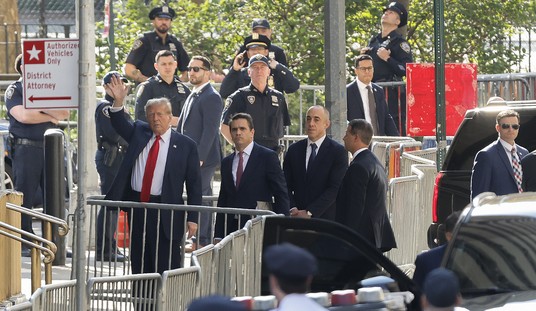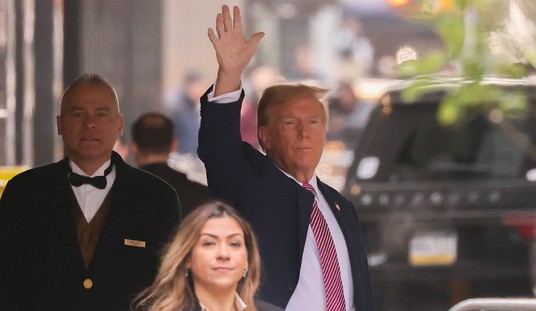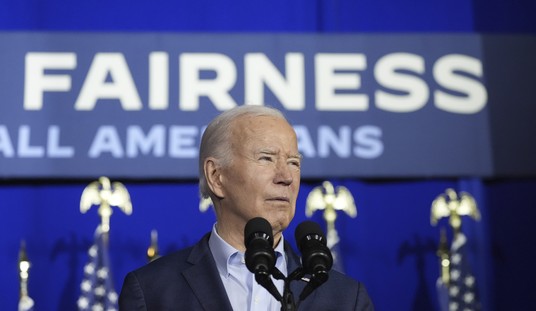Here at PJ Media, we know a thing or two about faked crime statistics. Until we reported on the antics of the Hidalgo County Sheriff’s Department on the Texas-Mexico border, the local and state media — never mind federal investigators — wouldn’t touch it. From conversations with several law enforcement officers not connected with Hidalgo County while working on that series, I learned something that bothers me still: Law enforcement agencies all over the country fake their crime statistics, and the federal government encourages them to do so. They falsify their statistics to make them look worse in order to attract federal grant money, and they continue falsifying their stats to make them look better to keep the federal grant money rolling in. They falsify statistics to make the sheriff or police chief look good, to serve the politics of gun control, and other reasons.
A big city police department like Chicago’s will have those motivations to fake statistics, plus others, notably that the city has a big-name mayor who wants higher office, that the city’s crime-ridden image harms the national gun control crusade, and that its image can hurt local industries like tourism. Ultimately, its image even hurts the president who claims it as one of his homes.
Chicago Magazine reports that the city has been falsifying its murder and other violent crime statistics for years.
Chicago conducted a 12-month examination of the Chicago Police Department’s crime statistics going back several years, poring through public and internal police records and interviewing crime victims, criminologists, and police sources of various ranks. We identified 10 people, including Groves, who were beaten, burned, suffocated, or shot to death in 2013 and whose cases were reclassified as death investigations, downgraded to more minor crimes, or even closed as noncriminal incidents—all for illogical or, at best, unclear reasons.
This troubling practice goes far beyond murders, documents and interviews reveal. Chicago found dozens of other crimes, including serious felonies such as robberies, burglaries, and assaults, that were misclassified, downgraded to wrist-slap offenses, or made to vanish altogether. (We’ll examine those next month in part 2 of this special report.)
That’s how border crime stats get massaged, too. The Texas-Mexico border is not as safe as it is usually portrayed. Its statistics are systematically altered to present a false picture of safety. That picture serves the interests both of the local officials, and the Obama administration, which desperately wants its vision of “comprehensive immigration reform” to pass without putting security ahead of legalizing millions of illegal aliens.
Back to Chicago:
[S]ources describe a practice that has become widespread at the same time that top police brass have become fixated on demonstrating improvement in Chicago’s woeful crime statistics.
And has there ever been improvement. Aside from homicides, which soared in 2012, the drop in crime since Police Superintendent Garry McCarthy arrived in May 2011 is unprecedented—and, some of his detractors say, unbelievable. Crime hasn’t just fallen, it has freefallen: across the city and across all major categories.
Take “index crimes”: the eight violent and property crimes that virtually all U.S. cities supply to the Federal Bureau of Investigation for its Uniform Crime Report. According to police figures, the number of these crimes plunged by 56 percent citywide from 2010 to 2013—an average of nearly 19 percent per year—a reduction that borders on the miraculous. To put these numbers in perspective: From 1993, when index crimes peaked, to 2010, the last full year under McCarthy’s predecessor, Jody Weis, the average annual decline was less than 4 percent.
That this is going on at the same time that the department is “bleeding officers” does not make sense.
Motivation:
[I]t looked bad for Mayor Emanuel. His disapproval rating in the polls was rising sharply, particularly among black voters. Behind closed doors, according to a City Hall insider, Emanuel told his police chief that the department had better not allow a repeat performance of 2012 or McCarthy’s days in Chicago would be numbered. (Through a spokeswoman, the mayor declined to comment for this article.)
McCarthy called 2012’s homicide total a “tragic number” and vowed that things would be different in 2013. The mindset inside police headquarters, recalls one officer: “Whatever you gotta do, this can’t happen again.”
And magically, it didn’t. The city set an arbitrary number of homicides for 2013, 435. Despite January 2013 starting off with a spate of murders, and several months being punctuated by high-profile shootings in the city’s gang war, Chicago finished 2013 with an official murder tally of 414. Mayor Emanuel got his media headlines blaring a historic reduction in Chicago’s violent crime. The band played on.








Join the conversation as a VIP Member